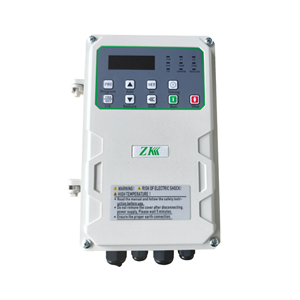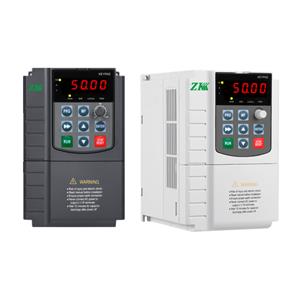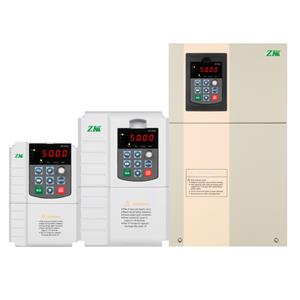Frequency converter troubleshooting and repair, comprehensive analysis from no response to no display
As a complex electronic device, inverters often experience various faults. This article will focus on troubleshooting and repairing inverters that are unresponsive after powering on and displaying no voltage.
First, how should we troubleshoot an inverter that is unresponsive after powering on?
First, check the power switch. If there is a problem with the power switch, the inverter may not start properly. Replacing the power switch can resolve the issue.
Second, perform a static test. Use a multimeter to check the inverter's resistance to determine if there are any abnormalities. If the test results are normal, proceed to the dynamic test.
Third, perform a dynamic test. Start the inverter under no-load conditions and check the output voltages of the three phases U, V, and W. If there are problems such as phase loss or three-phase imbalance, the module or driver board may be faulty. If the output voltage is normal, perform a load test, preferably at full load.
In addition to unresponsiveness after powering on, a common inverter fault is no voltage display after powering on. This typically occurs in three areas: the contactor, the inverter control panel, and the power module that supplies power to the control panel.
The following describes how to detect and resolve the inverter display failure when powered on:
First, check whether the contactor is functioning properly. If damaged, replace it.
Second, if the contactor is functioning properly, further check whether the power module is functioning properly. If the inverter's high-voltage power supply LED is on, the high-voltage DC power supply is normal. If it is off, the dropper resistor connecting the high-voltage DC terminal to the primary side of the pulse transformer may be damaged or open-circuited, requiring replacement.
In addition, if the LED indicator on the inverter's main control board is on, the inverter's switching power supply is functioning properly, and the DC voltage displayed on the main board and control board is normal. At this point, use an oscilloscope to check whether the main control board has an output signal. If no output signal is present, one of the HC245 chips may be damaged and require replacement.
During the repair process, you may encounter unusual situations, such as a power-on trip or sparks at the inverter's main power terminals. This could be caused by a damaged rectifier or a short circuit in the intermediate circuit. In this case, check the voltages at the inverter's input terminals and the intermediate circuit DC-side terminals P and N to determine the cause and take appropriate corrective measures.
Also, a common problem is no output when the inverter is powered on. This could be due to incorrect startup parameters or incorrect wiring of the operating terminals. In this case, disconnect the output motor cable and restart the inverter. Observe the input frequency displayed on the panel and measure the AC output terminals. If the problem persists, the inverter may be damaged or the motor may not be properly connected to the inverter, requiring further inspection and repair.
In summary, troubleshooting and repairing inverters requires specialized knowledge and skills. In practice, it is recommended that repairs be performed by professionals to avoid unnecessary losses or safety incidents. Regular maintenance and servicing of the inverter is also crucial to ensuring proper operation.




